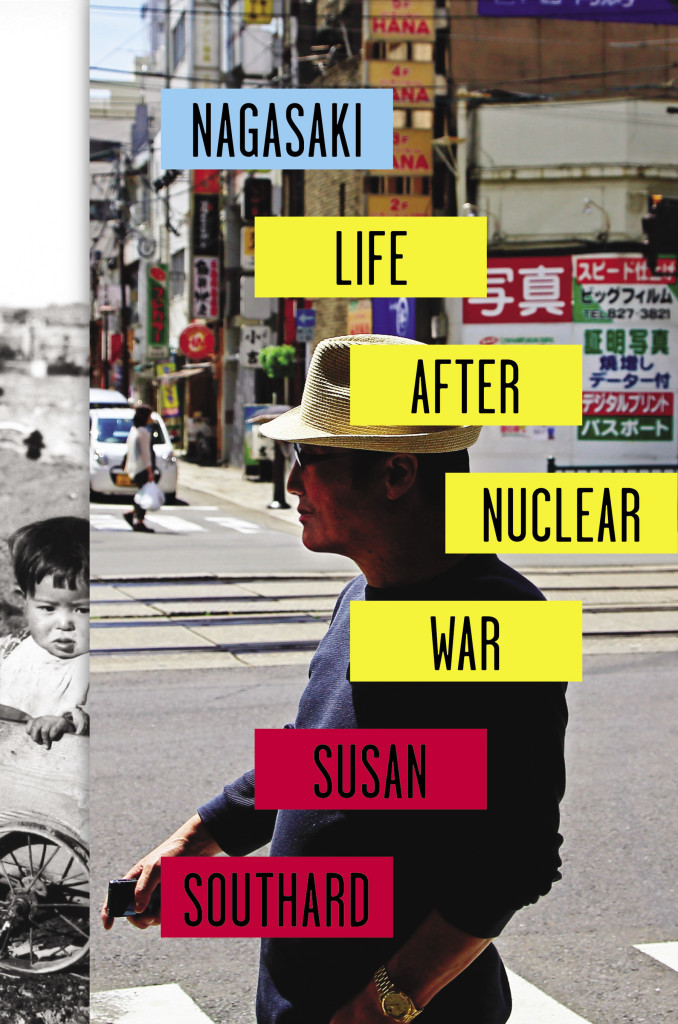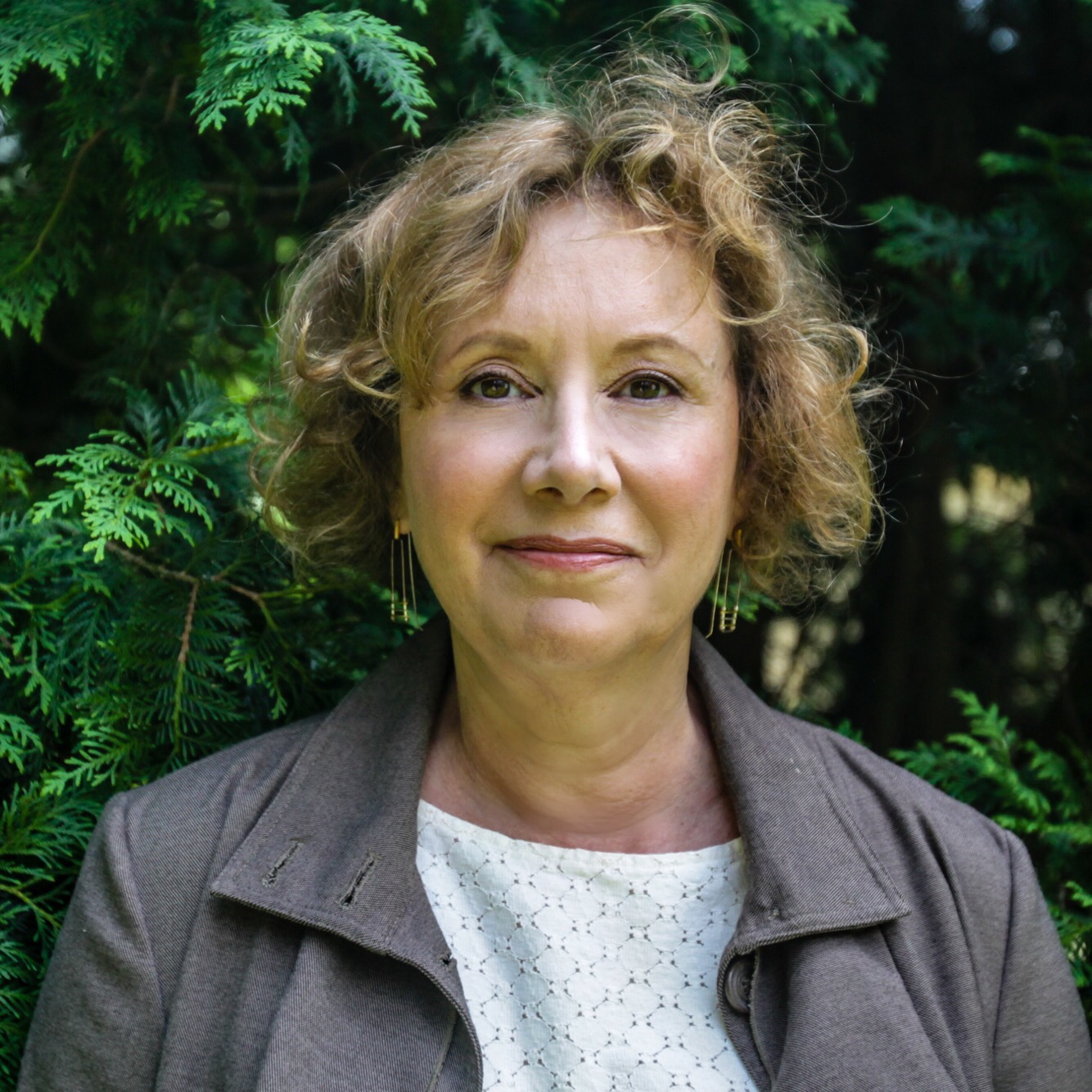Yesterday, August 9, marked a solemn anniversary: 70 years since the atomic bomb was dropped on Nagasaki, killing 74,000 people and bringing an end to World War II in the Pacific.
Imagine the unimaginable if you can. An atomic bomb was dropped without warning on August 9, 1945, on a normal day when children were walking to school and adults were going to work. In one instant, a city and thousand of lives were obliterated.
Except for 150 military personnel, the casualties were civilians. Innocent men, women and children.
Beyond the many thousands who were killed outright, another 75,000 were gravely injured and eventually either succumbed due to their injuries or radiation sickness or were doomed to a lifetime of suffering.
The scope of horror on such a massive scale is often hard to comprehend. But in Susan Southard’s engrossing Nagaskai: Life After Nuclear War, we follow the trajectory of five Nagasaki teenagers, also known as hibakusha (atomic bomb affected people) who survived the bombing and were willing to share their harrowing stories.
Southard begins with the day of the bombing, and the passage is chilling in its unsparing description of the enormous destruction and death and maiming and terror. Victims incinerated. Parents desperately searching for their children, and children for their parents. A city reduced to a wasteland. The photos showing the before and after are shocking.
The author intersperses the eye-witness testimonials with an account of the events leading up to the bombing as well as what happened afterwards: the denials from the U.S. government about the impact, the absence of remorse, the refusal to provide medical treatment to the survivors while exploiting them for research purposes.
The party line from our government was that this invasion ended the war and saved thousands of American lives, and the public mostly bought it. For years following the attack, journalists were not permitted to observe the epicenter and denied access to official documents, and were required to submit their stories in advance for approval. Many of these never made it past the censors. The truth did not come out for a long time.
For those who survived, the legacy was the loss of family and homes, scars and disfiguration, chronic debilitating pain, and feeling shame because of their looks. On top of that, there was fear about marrying and conceiving children who might be affected by their radiation poisoning.
But more than anything, this book is a testament to human resilience.
Meticulously researched and written in a compassionate, engaging way, Nagasaki is a must-read if we are to truly understand the devastating impact of nuclear warfare. It is also a tribute to the victims of this disaster and their courage. The five brave survivors interviewed by Southard made the decision to speak about their painful experiences with the hope that, by sharing their stories, Nagasaki would be the last nuclear bombed city in history.
One of my lucky readers will receive a copy of Nagasaki: Life After Nuclear War. Please leave a comment below and a winner will be selected randomly. US addresses only, please.
I received a copy of Nagasaki: Life After Nuclear War from Viking for an honest review, which is the only kind of review I write.


